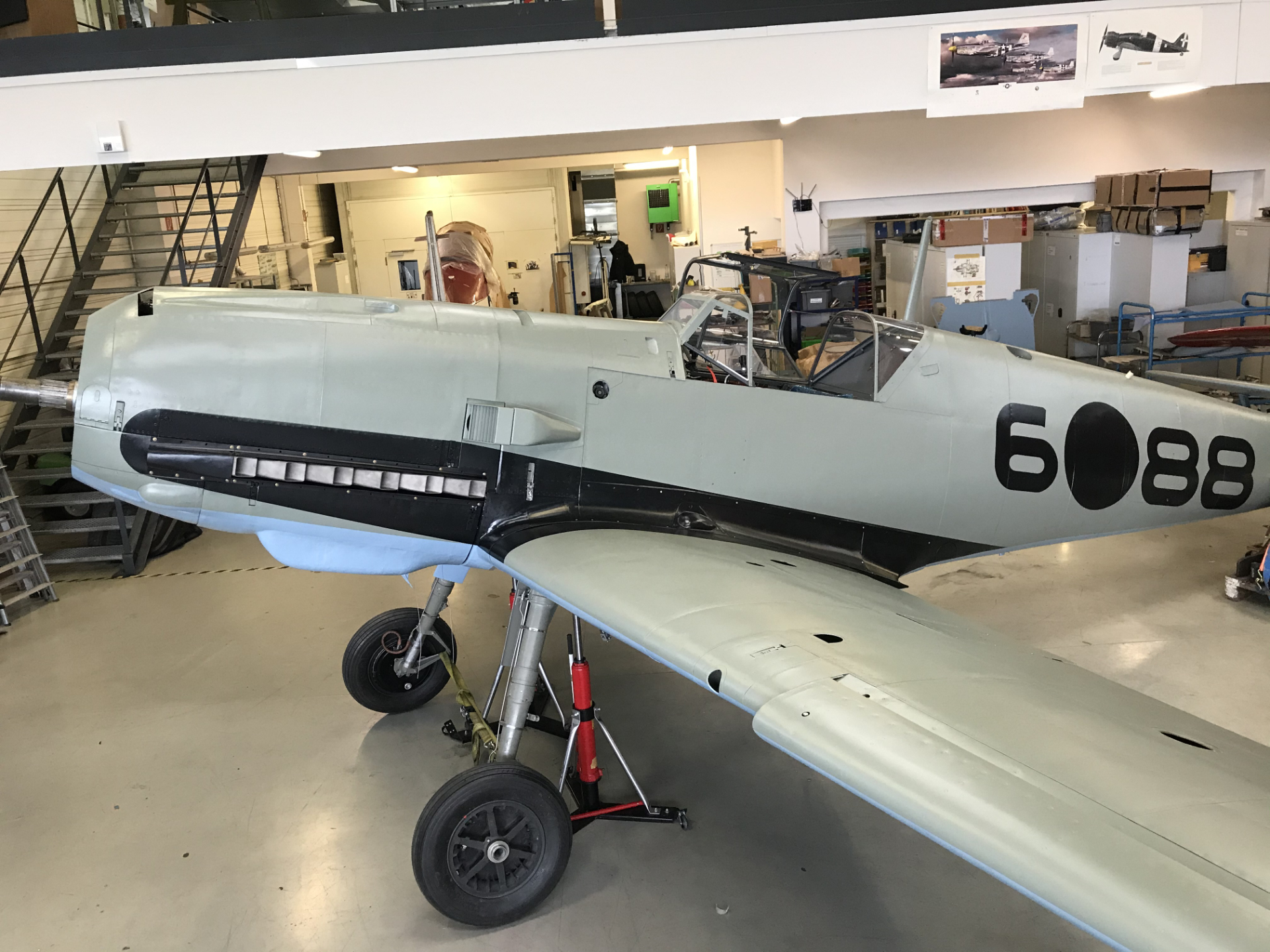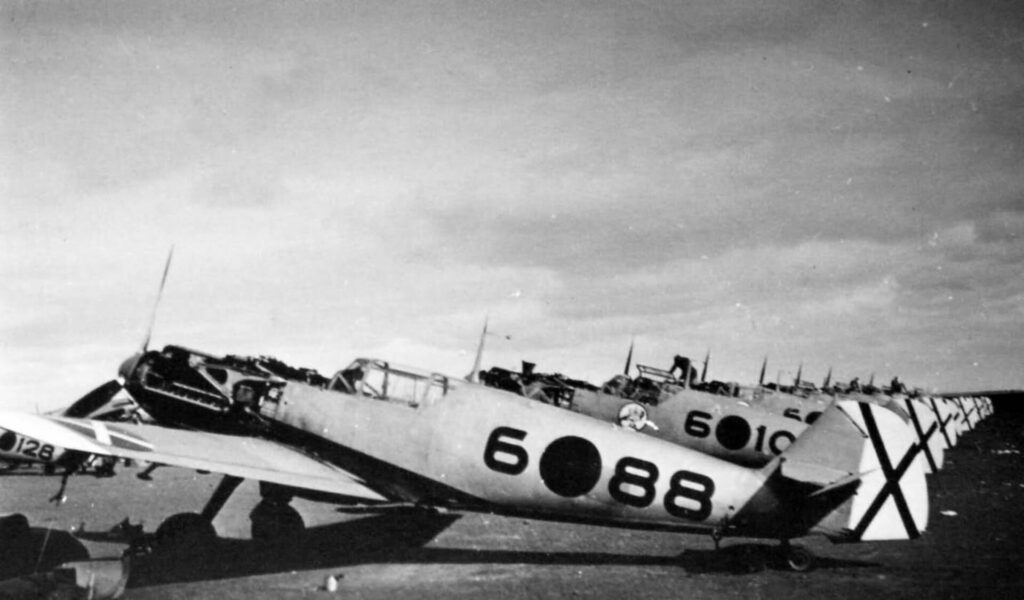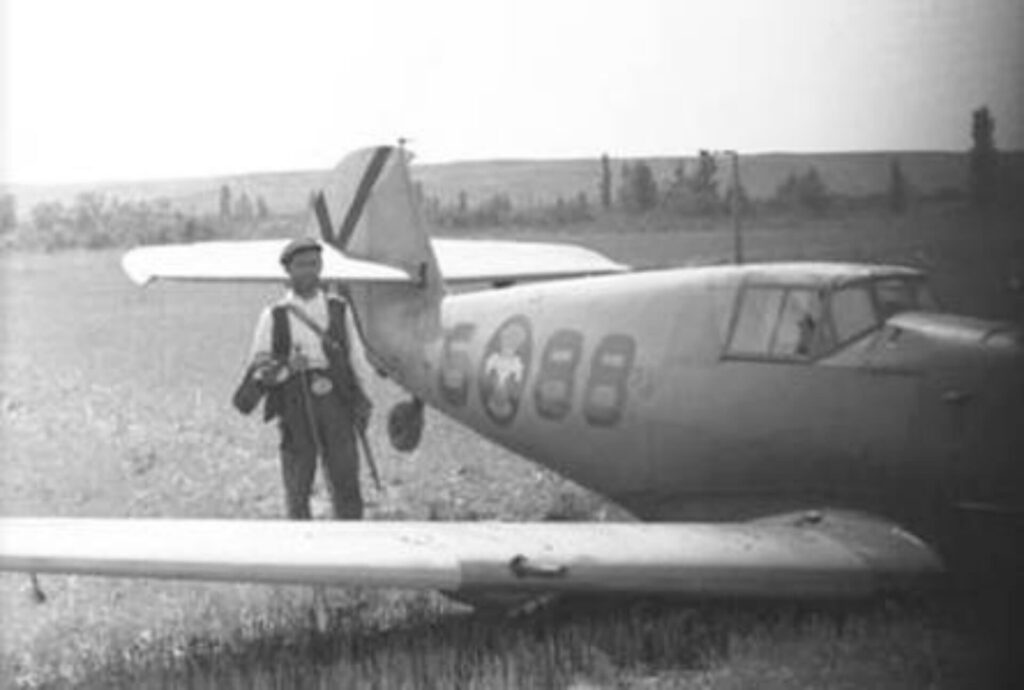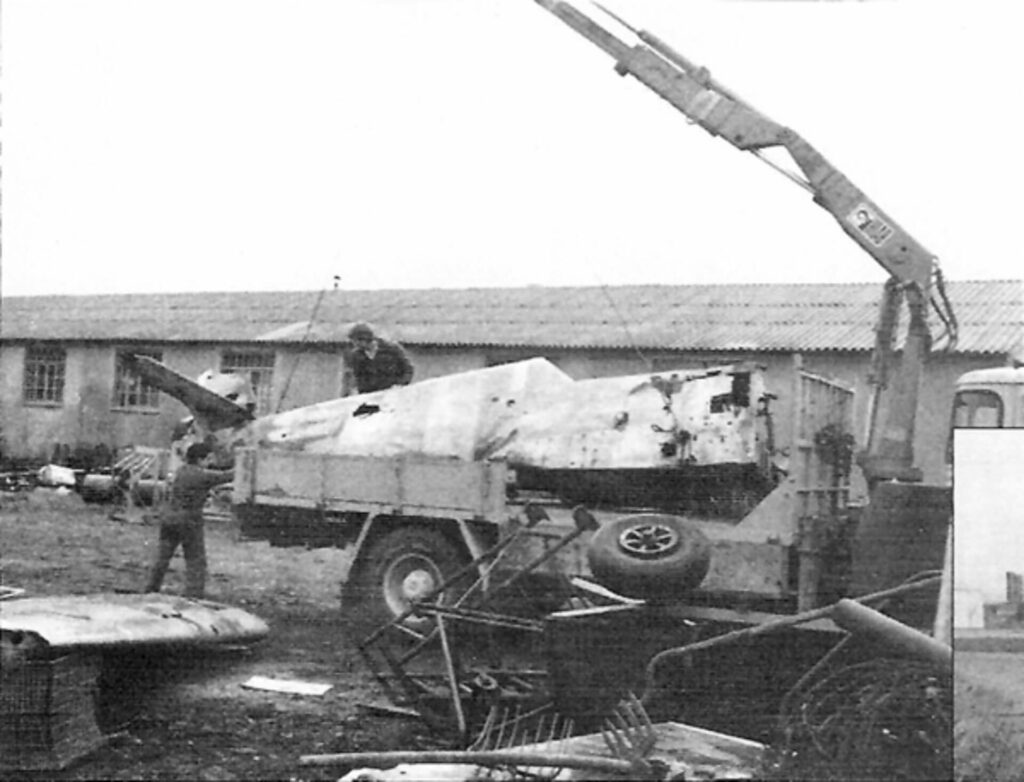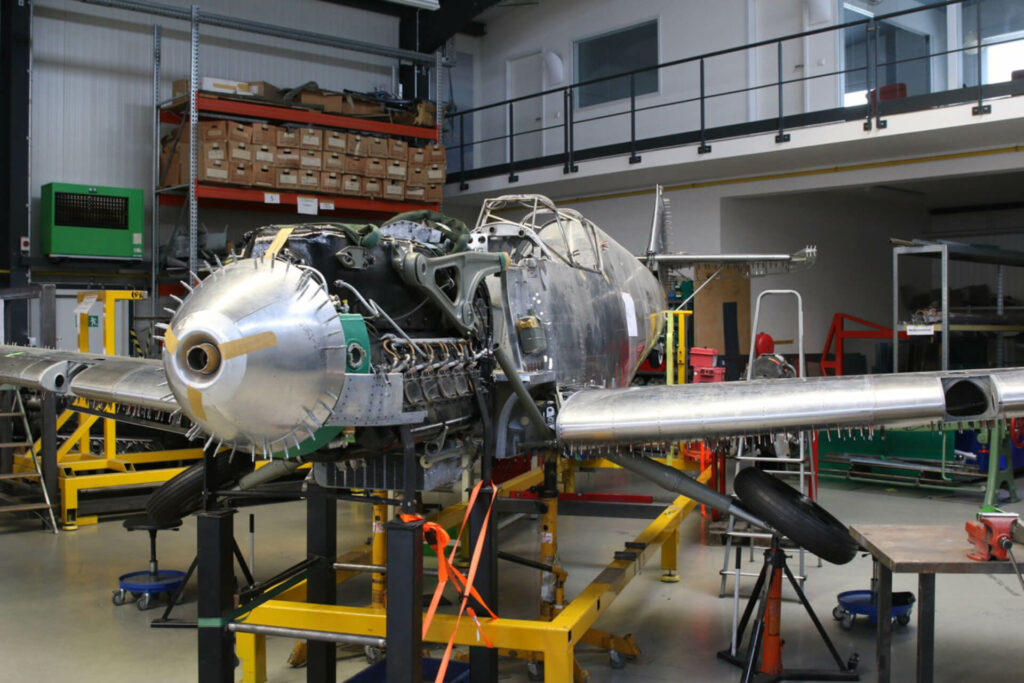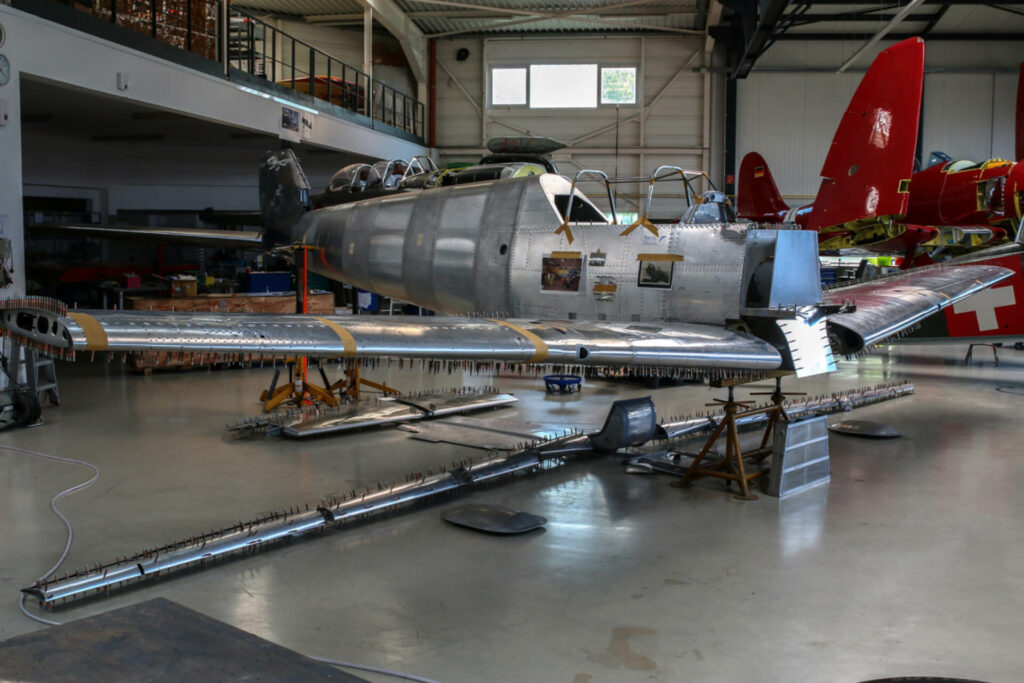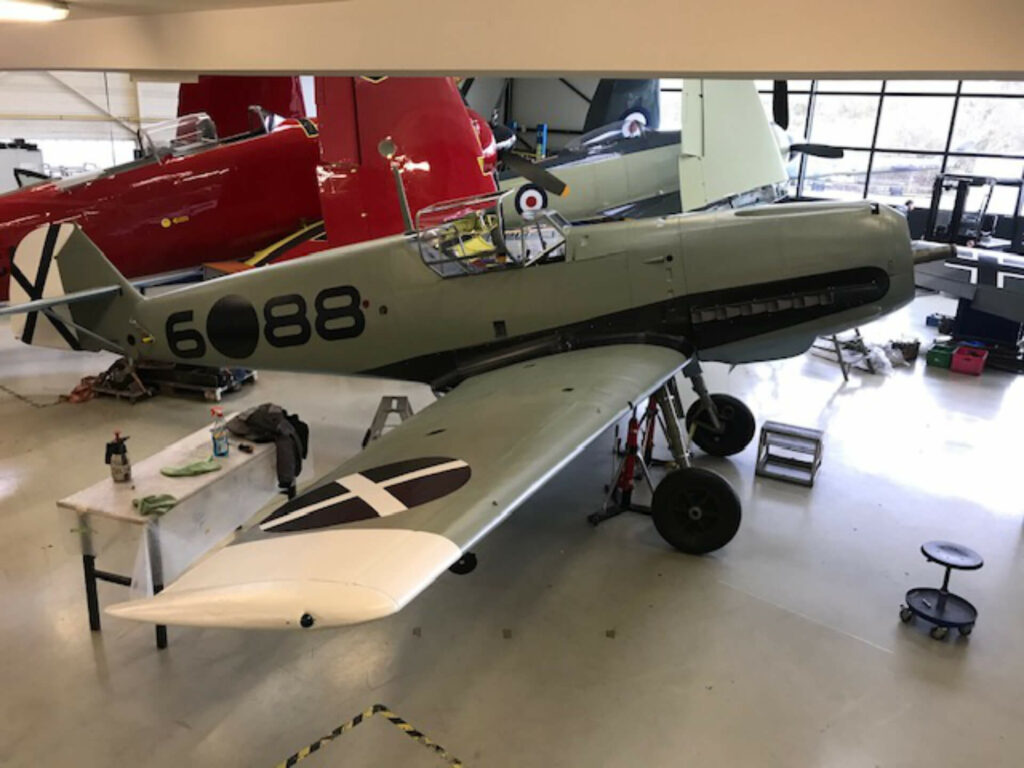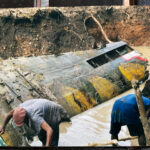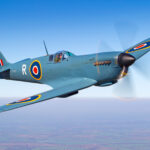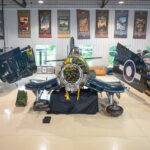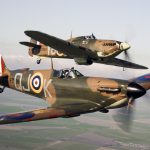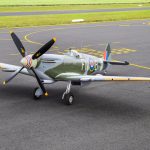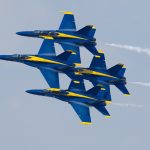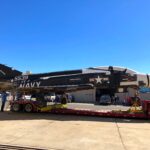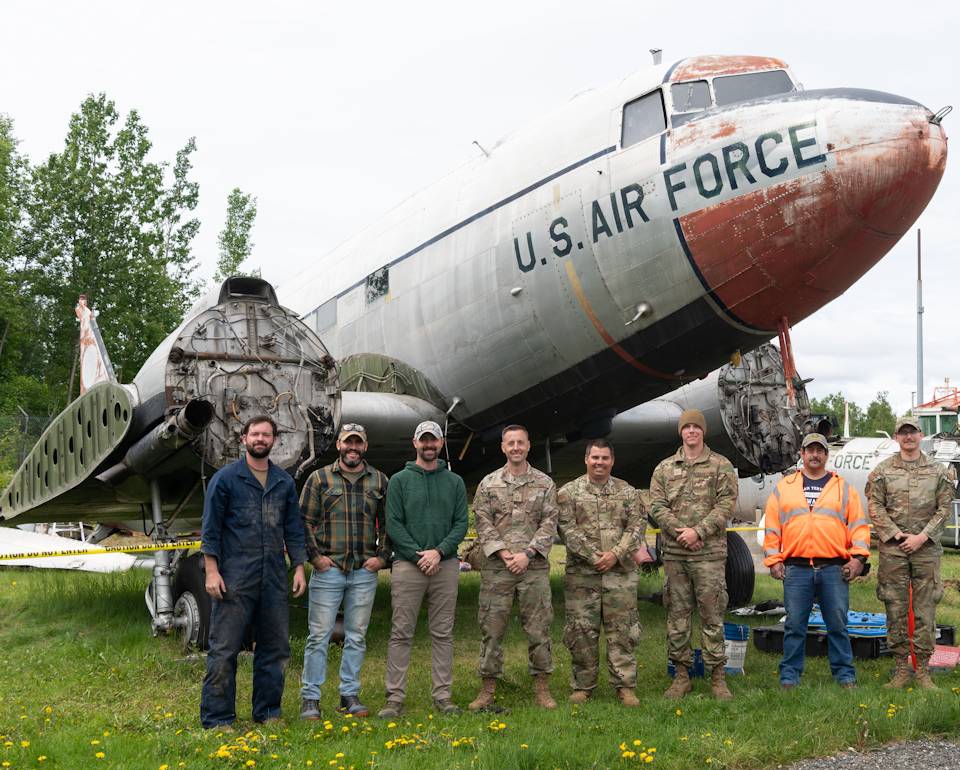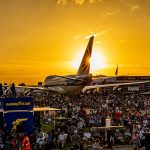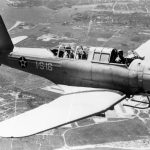Platinum Fighter Sales has facilitated the trade of many unique warbirds and vintage aircraft around the world, from interwar biplanes to Cold War-era jets and from airshow-ready aircraft to projects-in-waiting. However, the unique Messerschmitt Bf 109 E-1 which the company presently has on offer must be amongst the most historically significant airframes they have ever listed. Restored in Germany by world-renowned MeierMotors GmbH, this fighter is one of just a handful of Spanish Civil War combat veteran aircraft extant. It also holds the distinction of being one of the first two Emils (as E-model Bf 109s were known colloquially) sent to Spain, one of the first of the entire breed to see operational service!
While the Emil’s factory construction number, or Werknummer, is currently unknown, it is known to have served in the Luftwaffe’s Condor Legion in Spain bearing the fuselage code 6*88. The Condor Legion, as many will remember, was a German expeditionary air force operating in the Spanish Civil War on behalf of the fascistic Spanish Nationalists under Generalissimo Francisco Franco. 6*88 and its sistership, 6*87, were the first two Emils to arrive in Spain, serving with 1 Staffel of Jagdgruppe 88 (1./JG88), alongside earlier the earlier Doras (Bf 109Ds) then in service with the Legion. Unlike the Doras, which used a Junkers Jumo 210 powerplant, the Emils came equipped with a Daimler-Benz DB-601 engine and four 7.92mm MG 17 machine guns. Naturally, being a brand new and state of the art fighter, 6*88 soon became the personal mount for 1./JG88’s Staffelkapitan (squadron commander), and officer named Hauptmann (Captain) Siebelt Reents. By March 1939, however, the Spanish Republican Air Force was a spent force, granting air supremacy to both Germany’s Condor Legion and the Italian Aviazione Legionaria (Legionary Air Force). Even so, the Jagdgruppe still went on patrol.
On March 27, 1939, Bf 109s from 1./JG88 escorted bombers from Kampfgruppe 88 against Republican holdouts; it was the squadron’s final mission in Spain. Just five days later, following the surrender of all Republican forces, Generalissimo Franco announced the end of the Spanish Civil War. While most of the German and Italian aircraft in Spain would soon return to their home nations, a number of them remained behind for service with Spanish pilots in the Francoist regime, this included 20 Bf 109E-1s and E-3s, with 6*88 being amongst them. 6*88 moved to León, joining Grupo 25 Logroño (known as the Pyrenean Fighter Group). With Teniente (Lieutenant) José Vincente Muntadas at the controls, 6*88 made a wheels-up forced landing at Larraga after running out of fuel on August 24th, 1939. Photographs of the incident reveal that, much like many of its Luftwaffe contemporaries, 6*88 had received modifications to bring it up to an E-3 standard 6*88 had received modifications to bring it up to an E-3 standard, which featured additional armament from two MG FF cannon. Repaired by 1940, the aircraft returned to service in Reus, Catalonia. Spain remained essentially neutral during WWII, with the exception of some volunteer regiments which fought alongside Germany on the Eastern Front. By the end of that conflict, the nation’s remaining Bf 109Es were flying alongside Hispano Aviación HA-1109 Tripala, a licensed variant of the Bf 109 built in Spain but powered by a Hispano-Suiza 12Y engine. Later still would be the perhaps more familiar HA-1112 Buchón, powered by the Rolls-Royce Merlin. Around this time, 6*88 received a Spanish Air Force serial number, C.4E-88.
On May 16, 1950, 6*88 suffered another fuel exhaustion-related forced landing, this time near Valderrobres, Teurel with test pilot Capitan Vinicio Gil de Gomez at the controls. On September 19, 1950, an official application to withdraw 6*88 from service was made, the aircraft going into storage at a Spanish Air Force maintenance facility in León by October that year. Interestingly, it seems that a technical officer with prior Bf 109E experience returned the aircraft to airworthy condition. According to several eyewitnesses, 6*88 made flights in both 1957 and 1958, making it not only one of the very first Bf 109Es to arrive in Spain, but also the very last one to fly in the nation as well! Sadly, the aircraft eventually ended up as a training aide for the base firefighting team, and was thus reduced to a wreck, unloved and disregarded for the next several decades.
One of the few who did notice 6*88, however, was Spanish aviation journalist Luis-Ignacio Azaola, known affectionately as Canary Azaola. One day he spotted the aircraft in the base dump after landing at León in a Cessna 172 on June 3, 1965. However, the ‘109 would remain in León until 1981 when Jan Luetjens, a Swiss ex-pat living in Spain, bought its remains. Luetjens soon sold the wreck to Robs Lamplough, a now very well known British pilot, race car driver, and aircraft collector who became renowned for the many warbird recoveries he organized around the world. Lamplough shipped the battered Emil to the UK, initially placing it in storage. During the mid-80s, 6*88 went on loan to the Tangmere Military Aviation Museum (on the site of the former RAF Tangmere) in West Sussex. But in 2012, Robs Lamplough commissioned MeierMotors to restore 6*88 to airworthy condition, as we reported HERE. In the interim, MeierMotors has gained a well-earned reputation for being one of the finest aircraft restoration workshops in Germany. In the past decade, MeierMotors has lavished enormous effort on the aircraft, taking great pains to get the details correct. It is a magnificent achievement, with 6*88 now looking much the same way she would have appeared during the Spanish Civil War. Vintage V12s has overhauled the fighter’s Daimler-Benz DB-601 at their base in Tehachapi, California, while Skycraft Propellers has refurbished the Emil’s VDM (Vereinigte Deutsche Metallwerke; United German Metal Works) propeller in the UK. Almost ready for its first flight, registered as D-FCON in Germany, the fighter remains with MeierMotors in Bremgarten awaiting a buyer to effect the finishing touches. When it flies, it will be unique in the world, as the only airworthy combatant from the Spanish Civil War!
Only one other Condor Legion Bf 109 is known to survive, this being construction number 790 produced at the Erla-Maschinenwerke factory in Leipzig. That aircraft flew with the Legion as 6*106, and it too received a conversion to E-3 configuration. Following its operational service, the airframe survived scrapping as an instructional airframe. The Spanish Air Force donated it to the Deutsches Museum in Munich during 1959. Although it wears a Luftwaffe paint scheme, the team from MeierMotors were granted permission to sample some of its remaining original paint to determine the authentic hues of its Condor Legion paint scheme, serving as a reference for the restoration of 6*88. No matter where it goes from here, or when it will return to the skies, 6*88 is without any doubt one of the finest and most meticulous restorations of a Bf 109 of any variant to date.







